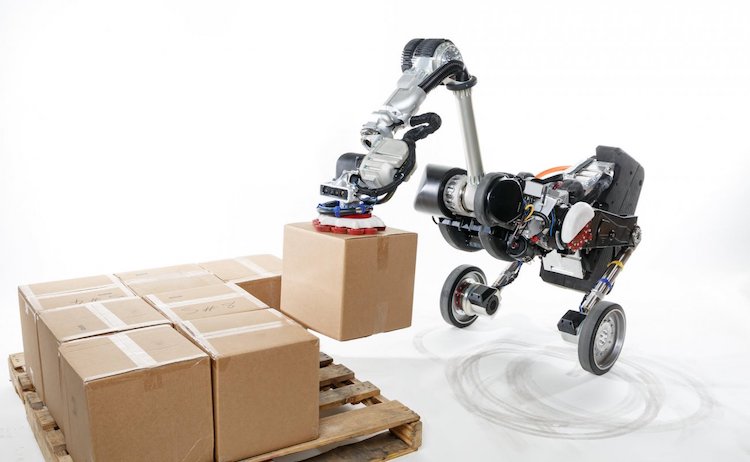
Logistics robots market set to grow to almost $40 billion by 2033
The logistics robots market is expected to expand at a strong compound annual growth rate of 16.5 percent between 2023 and 2033. This is according to a new report by Future Market Insights.
The market is anticipated to cross a market share of $38.13 billion by 2033, while it is likely to be valued at $8.28 billion in 2023.
The proliferated e-commerce sector, along with the integration of advanced technology like artificial intelligence and machine learning, is fueling market growth. Furthermore, small-sized businesses and advanced delivery options are also propelling the sales of logistics robots.
The Covid-19 pandemic pushed the idea of contactless delivery and the use of robots in the packaging sector. Along with this, the expanding automation across the industries along with automotive and pharmaceutical industries gains traction in the market.
The increased warehouses with a higher load of goods are opting for logistics robots to transport, ship, move, and analyze the product’s bar code.
The overall goal of reducing the operational cost of logistics and transportation coupled with the association of humans and robots is likely to enhance productivity and deliverance.
Companies like Amazon and Walmart are replacing the labor force with robots to increase accuracy and speed up operations. These platforms have also started using robots for faster product deliveries, transportation, and packaging.
Key points of the report include:
- The North American market holds the dominant space in the logistics robots market. The market growth is attributed to the booming e-commerce along with the origin of small and medium-sized businesses experimenting with production, transportation, and packaging operations.
- The United States, with the presence of eCommerce giants like Amazon, eBay, Etsy, and Walmart, is implementing logistics robots in their warehouse operations.
- The Asia Pacific location analytics market is also an important regional market. The regional growth is attributed to the rapidly growing economies, and China is increasing its robot density to increase the sales of logistics robots.
- Europe, with higher penetration of robotics in the automotive sector, along with the increased production units and warehouses, is gaining traction in the regional market.
- The transportation segment is likely to thrive in the application type category as it flourishes on factors like higher consumption, easy movements, and the addition of new transportation channels.
- The eCommerce segment tops the industrial category. Warehouse automation, drone-based deliveries, and other features fuel the growth of this segment.
Competitive landscape
The key competitors focus on adding new technology, such as artificial intelligence and machine learning, to their robots while also enhancing fuel efficiency.
Key competitors also merge, acquire, and collaborate with other companies to increase their supply chain and distribution channel.
The key players in the market are:
- ABB
- Kuka
- Toyota Industries
- Fanuc
- Yaskawa Electric
- Kion Group
- Toshiba
- Krones
- Kawasaki Heavy Industries
- Omron
Recent market developments
Toshiba Corporation has introduced its De-palletizer with a handling capacity of 30 kgs and an automatic recognition system that helps in segregating the goods and conveying them according to the label.
Omron Corporation has introduced its robotics solutions for logistical operations. The company has launched new products including I4H/L, Quattro, Cobot, and LD Conveyor.
